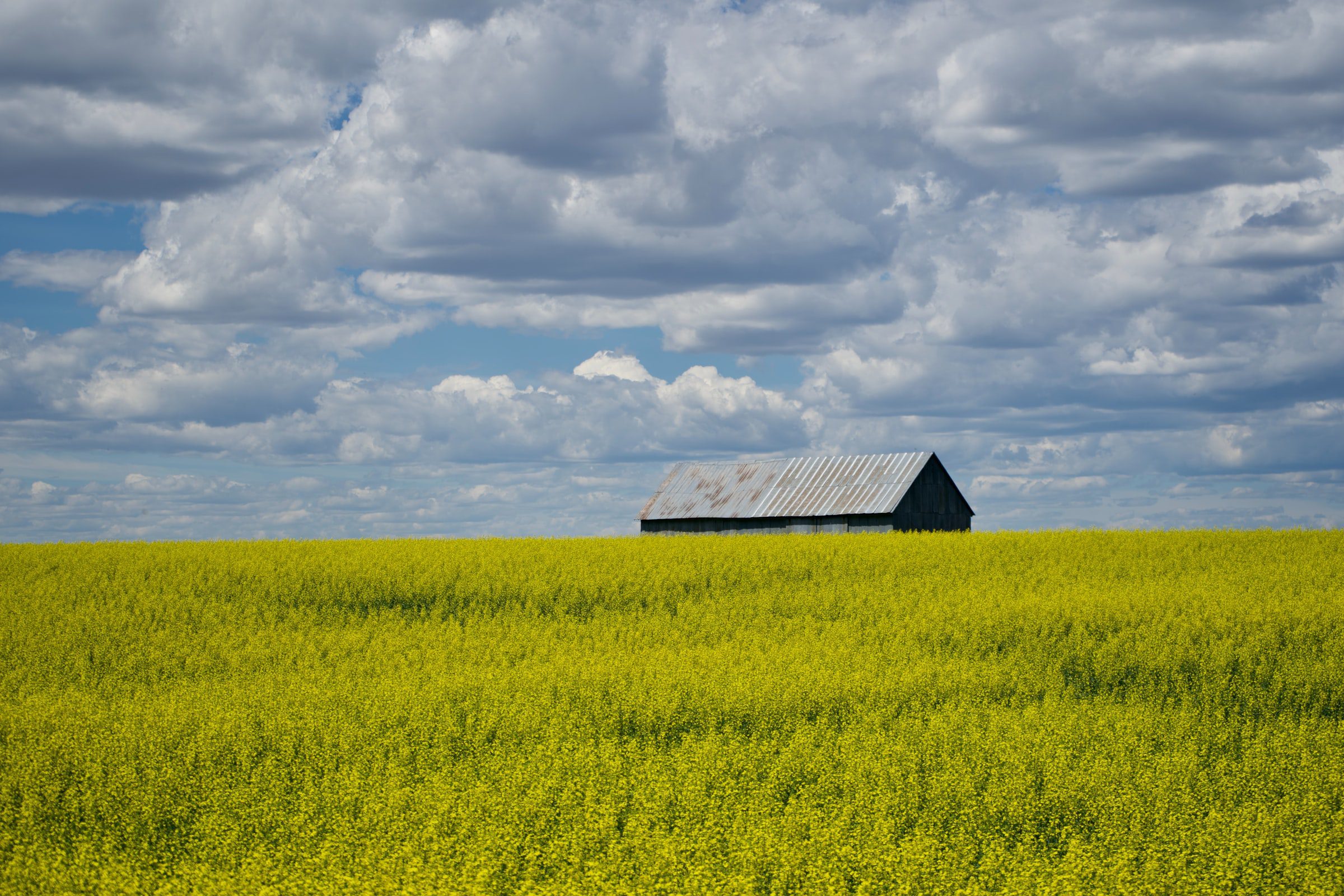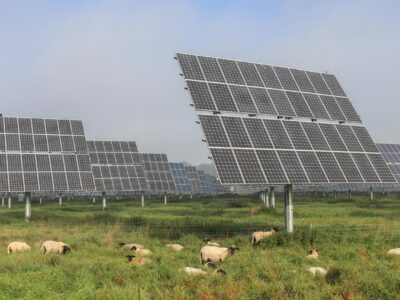Farming is a practice-based largely on tradition. With both the land and the practices used to work the land passed down from generation to generation, adapting to new innovations is a long, slow process in the agriculture industry. Yet, many farmers are finding that several of the old ways are not sustainable, as more and more are switching to the sustainable practice of growing crops.
This is especially prevalent in states like Idaho, known as the largest potato producer in the U.S. and the third-largest water user – largely due to irrigation. This paints a picture of farmers fighting an inefficient battle against the land in order to get the most produce. However, there is another way to achieve healthy, productive yields while using practices that work more harmoniously with the land itself, it’s called regenerative farming.
For farmers like Brad Johnson, this sentiment is relatable. Johnson’s family has passed down the same land in Tensed, Idaho that they’ve used to grow wheat, barley, peas, lentils, and blue grass seed since the 1930s.
Yet, their conventional farming practices began causing heavy erosion that washed away precious topsoil. This made productive growing seasons costly and difficult. However, they turned to regenerative practices like no-till farming to reduce erosion and breathe new life into their soil. “We saw results that very first year,” Brad says. “Every time we no-tilled, the erosion stopped. And every time we tilled again, the erosion came back.”
Since realizing the power of regenerative agriculture, Johnson has become a part of The Nature Conservancy’s Healthy Soil, Resilient Waters program, as the agriculture strategy manager. The program works with Idaho farmers to help improve the quality of their land and reduce the amount of water used through the implementation of regenerative practices.
“With regenerative farming practices, we have the opportunity to create better economic and environmental conditions for Idaho’s agriculture community that will last for future generations,” Johnson says.
The program improves the land of these farmers through the implementation of five key methods: keeping soil covered with cover crops, maintaining live root systems, using no-till soil maintenance practices, growing a diverse set of crops, and introducing livestock to the land. Each of these methods helps maintain soil structure, and ensure that the soil is as nutrient diverse and biodiverse as possible. However, there is no one size fits all approach, so each farmer will have its own set of practices, tailored to its own specific needs.
Because of the specificity required to optimize each farm’s regenerative farming capabilities, The Nature Conservancy has established a demonstration farm near Twin Falls where they will test cropping techniques. The 30-acre testing facility is being used to refine farming techniques, specific to the biomes in Idaho, so they can create a strong knowledge base for the farmers of Idaho.
However, at the end of the day, this program is all about creating a more sustainable Idahoan agricultural community. “Moving towards a regenerative food system can have significant benefits for both farmers and the environment, but we know there are real financial and practical barriers to adopting these practices,” says Neil Crescenti, The Nature Conservancy agricultural project manager. “The goal of our work is to reduce those risks and uncertainties so that more producers can be part of the solution.” With The Nature Conservancy’s help, farmers in Idaho, like Brad Johnson can look forward to a sustainable future very soon.





